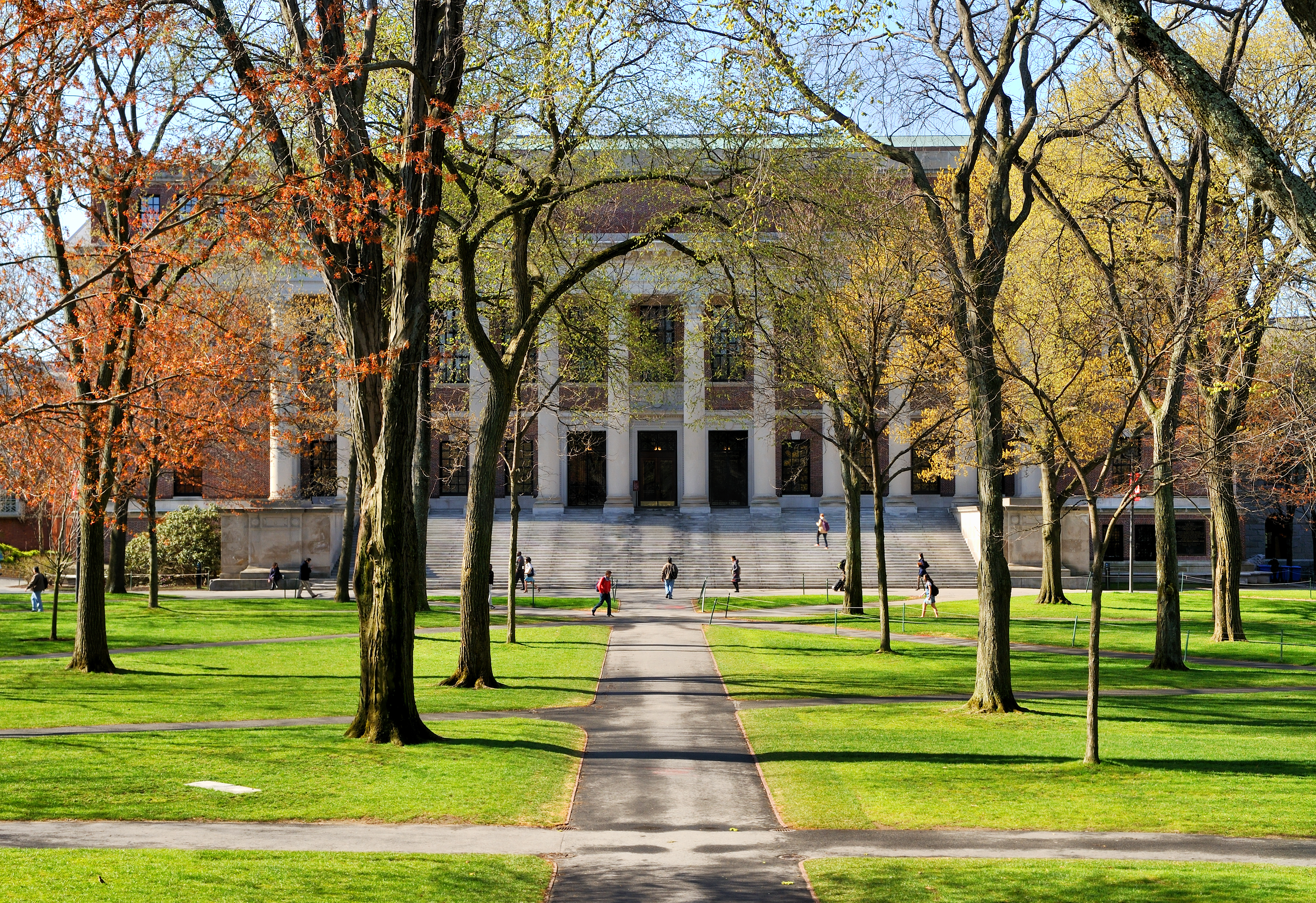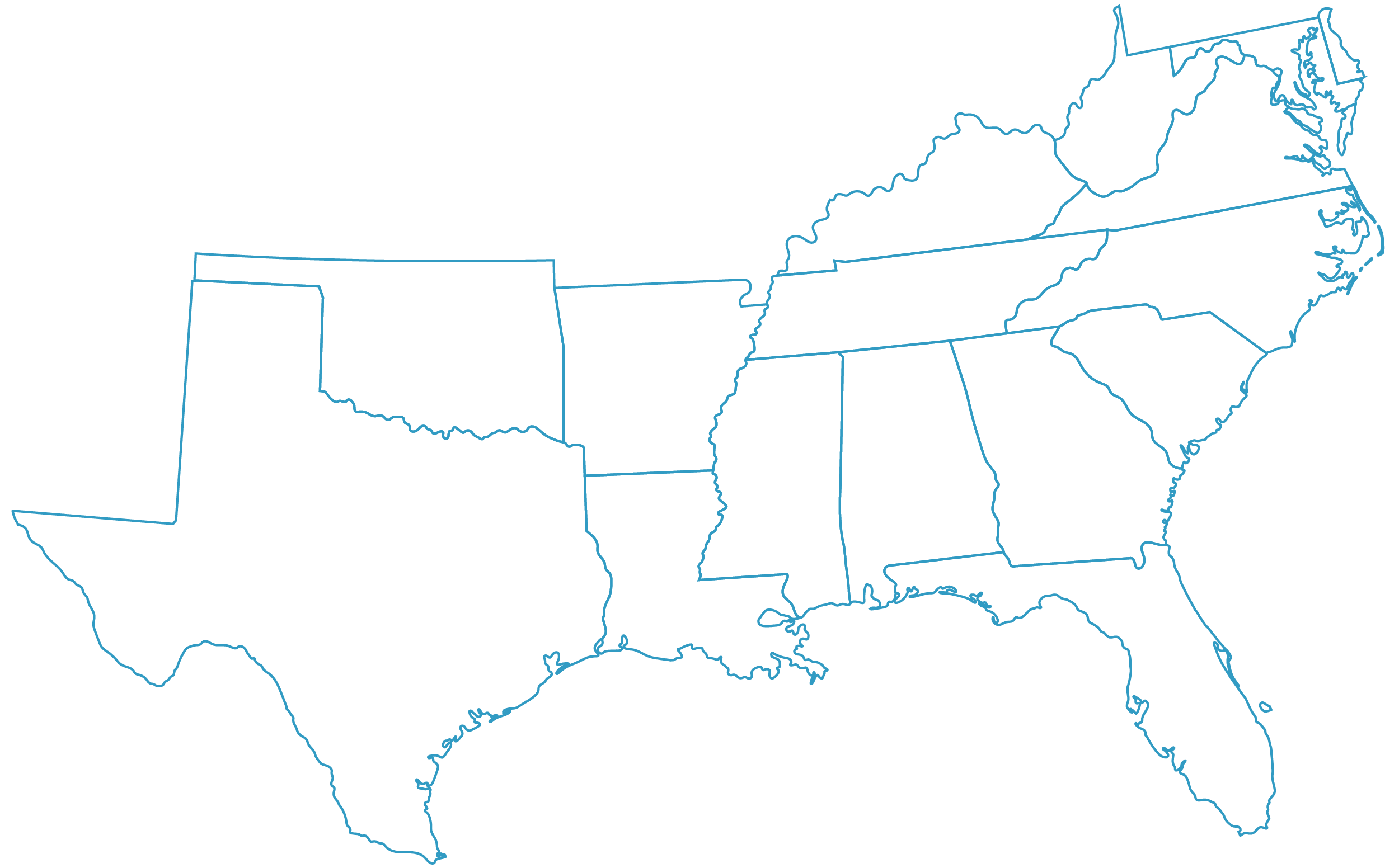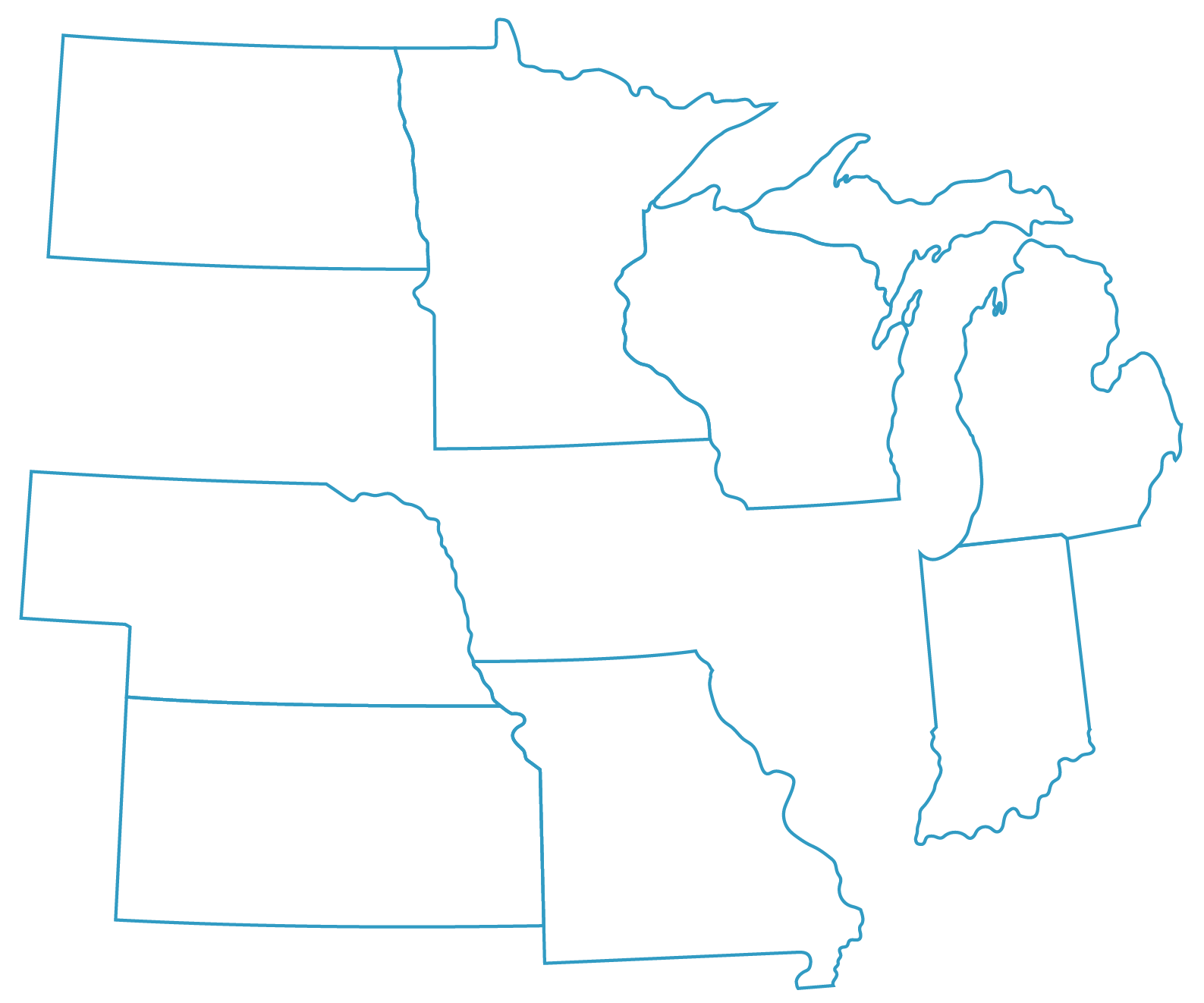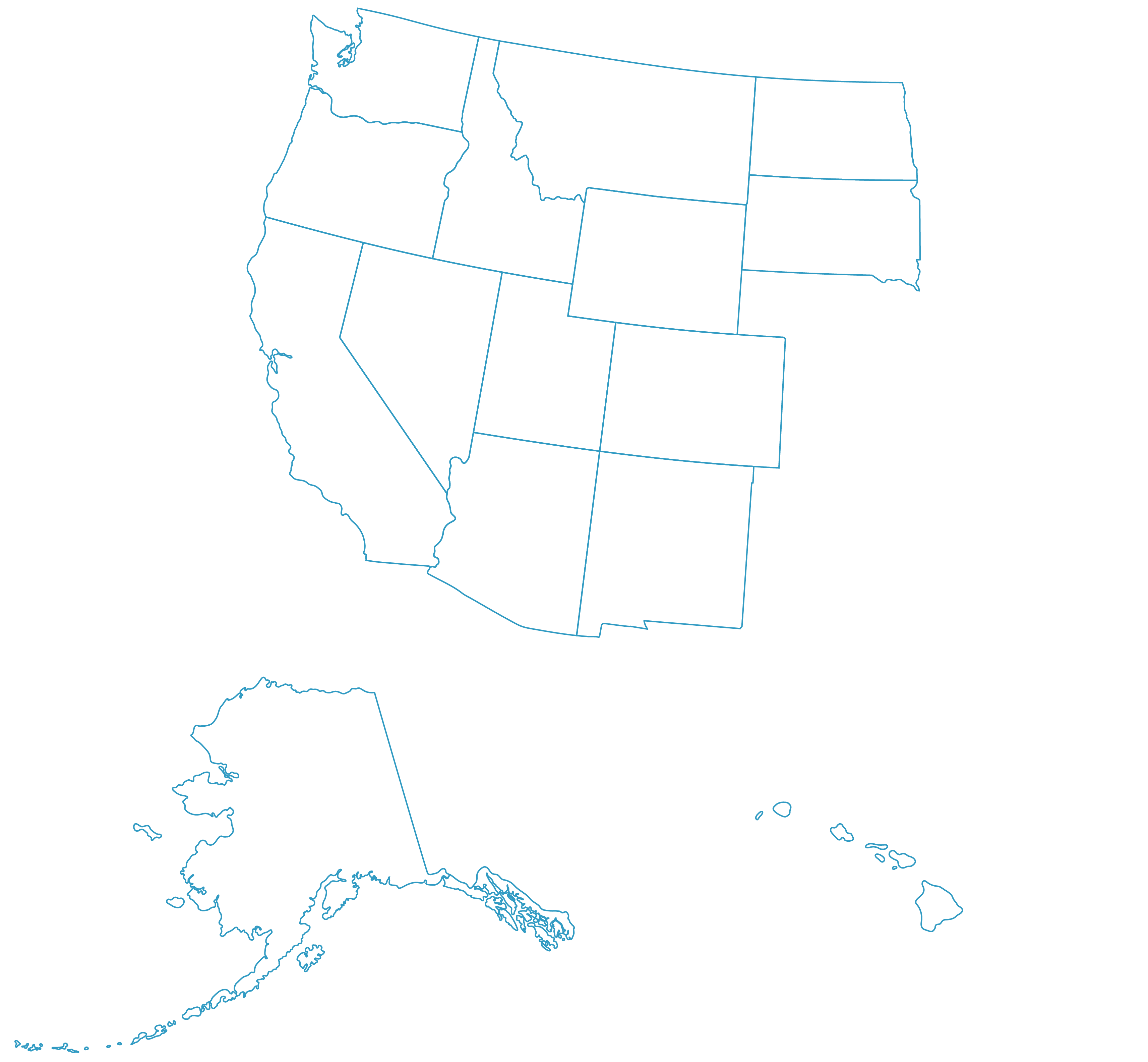IN-STATE VS.
OUT-OF-STATE TUITION

Remember that public colleges and universities are funded by state governments. Since residents’ tax dollars support these institutions, in-state residents are offered lower tuition rates than those who apply as out-of-state residents.
AVERAGE UNDERGRADUATE
TUITION & REQUIRED FEES
In-State Students
Out-of State Students

Institutions can be very strict regarding who can qualify for in-state tuition. Some states are more strict than others. In Florida, in-state tuition is granted to students who provide of legal residence in the State for at least 12 consecutive months immediately prior to the first day of classes. The State University System of Maryland, however, requires that a student have lived in the state for at least one year, did not move to the state solely to attend college, make Maryland their permanent residence, and completely abandon the student’s previous home state.

Institutions can be very strict regarding who can qualify for in-state tuition. Some states are more strict than others. In Florida, in-state tuition is granted to students who provide of legal residence in the State for at least 12 consecutive months immediately prior to the first day of classes. The State University System of Maryland, however, requires that a student have lived in the state for at least one year, did not move to the state solely to attend college, make Maryland their permanent residence, and completely abandon the student’s previous home state.
Private colleges and universities are not funded by their government, therefore, tuition rates stay the same for both in-state and out-of-state residents. For students who want to attend school out-of-state, a private university may be more affordable than an out-of-state public institution. In some cases though, tuition rates at a private institution may still be more expensive than public universities, in or out-of-state.


Private colleges and universities are not funded by their government, therefore, tuition rates stay the same for both in-state and out-of-state residents. For students who want to attend school out-of-state, a private university may be more affordable than an out-of-state public institution. In some cases though, tuition rates at a private institution may still be more expensive than public universities, in or out-of-state.





